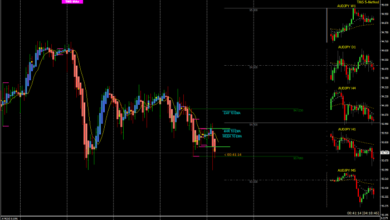Pantaloons: A Journey Through Fashion’s Unmentionables

Fashion, a kaleidoscope of trends, often relegates the past to dusty corners of history books. Yet, hidden within these forgotten folds lie garments that whisper tales of transformation, rebellion, and evolution. Among these forgotten gems, the pantaloon stands out, its unconventional silhouette a silent testament to its disruptive spirit.
From Bloomers to Breeches: A Pantaloon’s Paradoxical Past:
The pantaloon’s origins are shrouded in mystery, its birth a product of cultural exchange and sartorial necessity. Some trace its lineage back to ancient Greece, where loose-fitting trousers called “anaxyrides” offered mobility to equestrians. Others point to nomadic tribes in Central Asia, whose wide-legged garments facilitated movement on horseback.
The Rise of the Rebellious Undergarment:
In the 16th century, the pantaloon emerged as a revolutionary undergarment for women in Europe. It challenged the restrictive confines of corsets and petticoats, offering a daring glimpse of freedom and practicality. These early “bloomers,” named after Amelia Bloomer, a 19th-century women’s rights advocate, were met with ridicule and resistance. However, their defiance paved the way for the evolution of women’s wear, chipping away at societal norms and paving the path for greater gender equality in fashion.
From Stage to Street: Pantaloons Take Center Stage:
The 19th century saw the pantaloon transcend its undergarment status. Circus performers and dancers adopted its liberating form, showcasing its versatility and athletic appeal. Entertainers like Sarah Bernhardt and Loïe Fuller embraced the pantaloon on stage, pushing boundaries and redefining gender roles in the performing arts.
The 20th Century: Pantaloons Morph and Multiply:
The 20th century witnessed a kaleidoscopic transformation of the pantaloon. Coco Chanel’s daring culottes, worn by women in the 1920s, challenged traditional notions of femininity. Marlene Dietrich’s androgynous style further blurred gender lines, showcasing the pantaloon as a symbol of empowerment and self-expression. Throughout the decades, variations like palazzo pants, gauchos, and jodhpurs emerged, each adding a unique twist to the pantaloon’s legacy.
The Junction: Where Function Meets Fashion:
Today, the pantaloon exists at a fascinating junction, where function and fashion intersect. From comfortable loungewear to statement pieces on the runway, the pantaloon has evolved into a versatile garment embraced by people of all genders and styles.
Conclusion:
The pantaloon’s story is a testament to the transformative power of fashion. More than just a garment, it is a symbol of rebellion, liberation, and self-expression. As we move forward, the pantaloon continues to inspire, reminding us that fashion is not merely about trends, but about breaking boundaries and forging our own sartorial identities.




